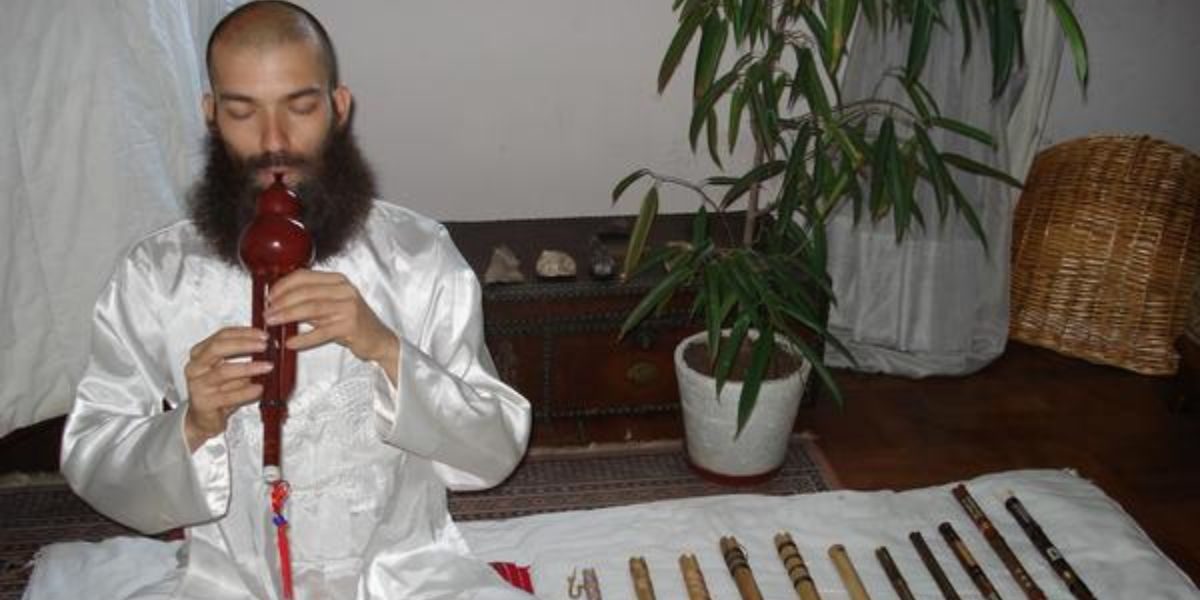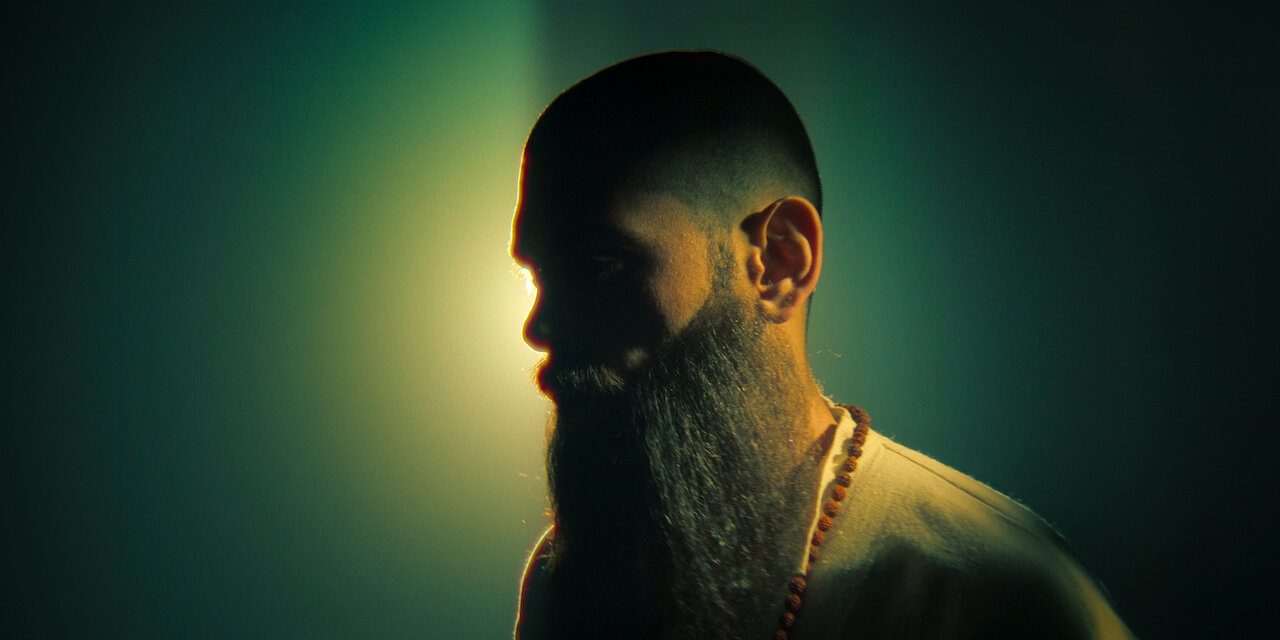Religious cults have long been infamous for their ability to hold followers and wield undue influence over their lives. These groups often exploit vulnerability, promising salvation or enlightenment while manipulating members through coercion and isolation. One such cautionary tale is portrayed in Netflix’s ‘The Doomsday Cult of Antares de la Luz,’ which delves into the saga of a notorious religious sect led by Chilean man Ramón Castillo Gaete, who adopted the alias Antares de la Luz. The documentary offers a platform for former cult members to share their experiences. Drawing from official testimonies in court, the film constructs a timeline chronicling Gaete’s rise to power and the subsequent downfall.
Antares De la Luz Started a Religious Sect in 2009
Ramón Castillo Gaete, born on December 20, 1977, in the Penalolen commune of Chile, led a seemingly ordinary childhood. After pursuing studies in pedagogy at the Metropolitan University of Educational Sciences, he embarked on a career in teaching, initially working with children in his local community. However, Gaete’s true passion lay in music, and in 2003, he joined a musical group known as Amaru, showcasing his talents on instruments such as the clarinet and saxophone. It was during a trip to China with the band in 2006 that Gaete’s life took a drastic turn. There, he was exposed to alternative medicine and folk religion, discovering a remedy for a longstanding ailment that had plagued him for years.

Gaete had endured debilitating physical pain since youth, stemming from an undiagnosed condition that often left him immobilized. In his quest for relief, he turned to ayahuasca, a psychoactive brew traditionally used by indigenous Amazonian communities for spiritual and healing purposes. Through his experiences with ayahuasca, Gaete found a measure of relief from his suffering. During this transformative period, he adopted the name, Antares de la Luz, drawing inspiration from the brilliance of the eponymous star in the Scorpius constellation. Alongside his spiritual exploration, Antares delved into the writings of American spiritualist author Carlos Castaneda and developed a keen interest in the ancient Mayan civilization.
By 2009, Antares began to draw a small following of individuals captivated by his charisma and perceived intellectual depth. Holding sessions with them, he incorporated ayahuasca into their meditation practices. Initially limited to friends, his influence gradually expanded to include acquaintances and their romantic partners, with many joining the group in pairs. Antares eventually conducted these sessions from an apartment in Las Condes, Chile, which he shared with his closest confidant and right-hand man, Pablo Undurraga.
During one of these sessions, while under the influence of ayahuasca, Pablo had a vision of Antares as a larger-than-life figure and asked him if he was a reincarnation of Jesus. Antares affirmed this, claiming he was sent to Earth to eradicate the “dark light” plaguing the world. Subsequently, the group adopted bizarre practices, including shaving their heads, abstaining from wearing black, cutting off ties with the outside world, and renouncing material possessions. In a particularly disturbing ritual, members were instructed to stand naked and endure physical beatings to purge themselves of evil. The sect’s cornerstone prophecy was Antares’ declaration that doomsday would occur on December 21, 2012, and various sacrifices and rituals were deemed necessary to bring them salvation.
The group eventually settled in Colliguay, Quilpue, in Chile, where Antares’ influence extended even into the romantic lives of his followers. He began dictating which members should be together and which should not, even orchestrating partner swaps. One day, Antares proclaimed that it was revealed to him that Pablo’s girlfriend, Natalia Guerra, should end her relationship and become his partner instead. Despite initial reluctance, Natalia complied, and in March 2012, she became pregnant—a development contradicting Antares’ previous claims that he was not meant to have children. Antares then declared the baby a “dark light” and an embodiment of Lucifer.
On November 23, Antares orchestrated a ceremonial fire and proceeded to immolate the child, claiming it was necessary to rid the world of evil. With the supposed doomsday looming, he urged his followers to engage in meditation under the influence of ayahuasca, preparing for the end. However, when the prophesied date came and went without incident, Antares reassured his followers that the world’s end was not an immediate event but a gradual process. He then shifted the predicted doomsday to November 21, 2017, and urged his devotees to accompany him to Ecuador.
Antares De la Luz Died in Peru By Suicide
Following the gruesome events within the cult, disillusionment began to seep into the hearts of many followers, prompting one anonymous woman to file a police report in April 2013 detailing the horrors she had witnessed. Law enforcement swiftly launched an investigation, uncovering evidence near the group’s cottage, substantiating the allegations. By this time, Natalia and Pablo had distanced themselves from the group. However, feeling compelled to act, Natalia contacted Antares De la Luz to inform him of the looming police scrutiny.

Amid mounting pressure and law enforcement’s tightening grip, Antares fled Chile, seeking refuge in Peru. An international warrant placed him under scrutiny, authorizing neighboring countries like Bolivia and Peru to apprehend him on sight. A former group member recounted her time with Antares, describing his anxious demeanor and desperate attempts to sustain himself financially by performing music in local establishments.
She also alleged instances of violent outbursts and abuse directed towards her. When she left him, she believed he was going to surrender to the police eventually. On May 1, 2013, Antares’ body was found in Cusco, Peru, as he had hung himself. His followers and investigators speculated that the weight of impending consequences for his actions may have driven him to such a drastic and irreversible decision.
Read More: Pablo Undurraga: Where is The Former Cult Member Now?


You must be logged in to post a comment.